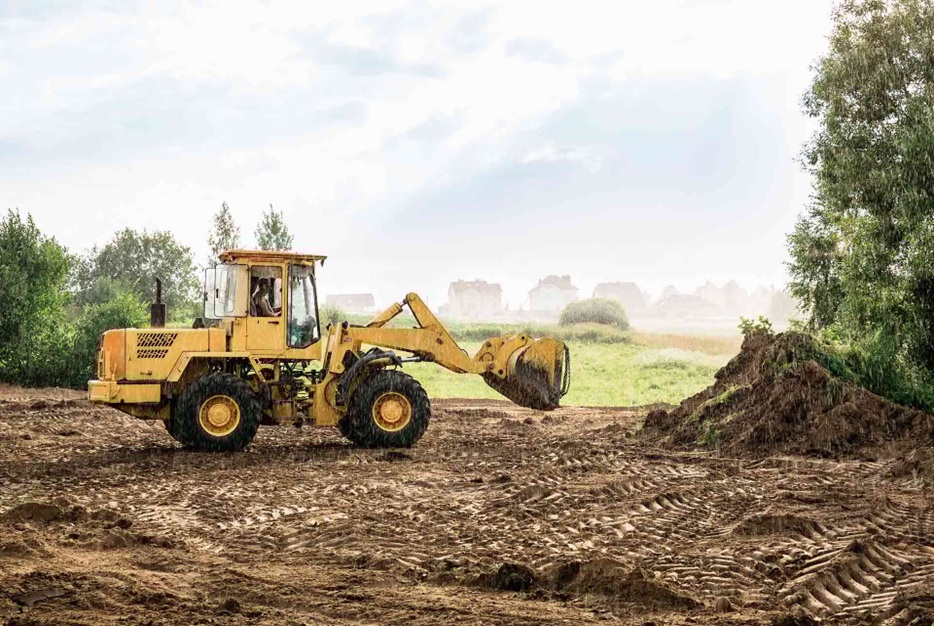Embarking on a construction project, whether residential or commercial, requires meticulous planning and preparation. A critical aspect of ensuring the success of your project is adequately preparing the property for construction. This involves several essential steps that lay the foundation for a smooth and efficient building process. From land clearing to establishing retaining walls, each stage must be approached with precision and care. In this article, we will explore key actions that should not be overlooked when preparing your property for construction.
1. Conducting a Comprehensive Site Assessment
Before any physical work begins, a thorough site assessment is crucial. This step involves evaluating the property’s topography, soil composition, drainage patterns, and environmental considerations. Understanding these factors allows you to anticipate potential challenges and develop effective strategies to address them. Additionally, this assessment helps in identifying any legal restrictions, zoning regulations, or permits required for the construction project. Engaging with professionals such as surveyors, geotechnical engineers, and environmental consultants during this phase ensures that you have a clear understanding of the site’s conditions and limitations.
2. Land Clearing: Preparing the Groundwork
Land clearing is a vital step in preparing the property for construction. This process involves the removal of trees, shrubs, rocks, and other obstructions that could hinder the construction process. Clearing the land not only creates a clean slate for building but also ensures the safety and stability of the construction site.
When undertaking land clearing, it’s essential to work with experienced contractors who are well-versed in the proper techniques and equipment needed for the job. Depending on the size and condition of the land, this may involve grading the terrain, removing stumps, and ensuring that the soil is adequately compacted. Proper land clearing sets the stage for a smooth construction process, reducing the risk of future complications such as foundation instability or drainage issues.
3. Establishing Access and Temporary Utilities
Access to the construction site is another critical aspect that requires careful consideration. Ensuring that there are clear and accessible routes for construction vehicles, machinery, and personnel is essential for maintaining the efficiency of the project. This may involve constructing temporary roads, driveways, or access points that can support heavy equipment without causing damage to the surrounding environment.
Additionally, setting up temporary utilities such as water, electricity, and sanitation facilities is necessary to support the construction crew and their activities. These utilities should be strategically placed to minimize disruption to the worksite while ensuring that they are readily available when needed.

4. Retaining Walls: Managing Slope and Soil Stability
In areas with varying elevations or slopes, retaining walls play a crucial role in maintaining soil stability and preventing erosion. These structures are designed to hold back soil and create a level surface for construction, particularly in hilly or uneven terrain. Properly engineered retaining walls are essential for preventing landslides, soil erosion, and water runoff, which can compromise the integrity of the construction site.
When planning for retaining walls, it’s important to consult with a structural engineer to determine the appropriate design, materials, and construction methods. The type of retaining wall used—whether gravity, cantilevered, or anchored—will depend on factors such as soil composition, slope gradient, and the load-bearing requirements of the wall. A well-constructed retaining wall not only enhances the safety and stability of the site but also contributes to the overall aesthetics of the property.
5. Site Drainage Planning and Erosion Control
Effective drainage planning is critical to preventing water-related issues that could delay construction or cause long-term damage to the property. This involves designing and implementing a drainage system that directs water away from the construction site, preventing pooling, flooding, and soil erosion. Incorporating features such as swales, French drains, and culverts can help manage water flow and protect the site from water damage.
Erosion control measures are equally important, especially in areas prone to heavy rainfall or where the soil is loose. Techniques such as silt fencing, erosion control blankets, and sediment basins can help contain soil and prevent it from washing away during construction. Proper drainage and erosion control not only protect the site but also ensure compliance with environmental regulations.
6. Obtaining Permits and Complying with Regulations
Before breaking ground, it’s imperative to secure all necessary permits and ensure compliance with local building codes and regulations. This includes obtaining permits for land clearing, grading, utility connections, and any other activities that may impact the environment or surrounding properties. Failing to obtain the required permits can result in costly fines, delays, and legal complications.
Consulting with local authorities and working with experienced contractors who are familiar with the permitting process can streamline this aspect of the project. Ensuring that all regulatory requirements are met from the outset helps to avoid potential setbacks and keeps the project on track.
7. Finalizing Site Plans and Preparing for Construction
Once the site has been assessed, cleared, and prepared, the final step is to review and finalize the construction plans. This involves confirming that all site preparations have been completed according to the project specifications and that the site is ready for building. At this stage, it’s also important to conduct a final inspection to ensure that all safety measures are in place and that the site is free of any hazards that could pose a risk during construction.
By thoroughly preparing your property for construction, you can mitigate potential challenges, reduce delays, and ensure a successful outcome for your project. Each step, from land clearing to the installation of retaining walls, plays a crucial role in laying the groundwork for a safe and efficient building process.








